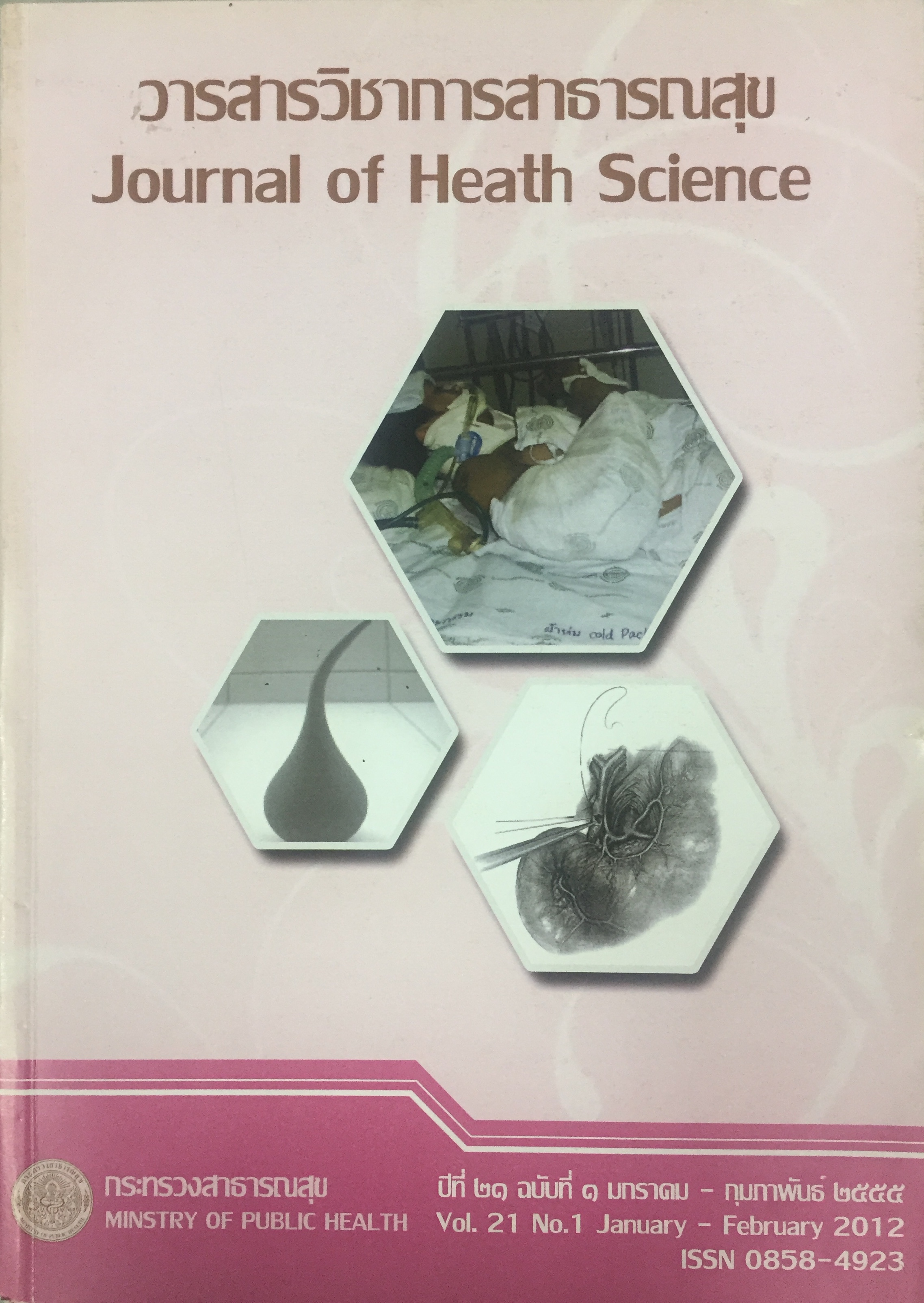Resistance Development to Bacterial Larvicide of Aedes aegypti
Keywords:
Bacillus thuringiensis subsp, israelensis (Bti), Aedes aegypti larva, resistance ratio, LC50Abstract
Bacillus thuringiensis subsp. israelensis (Bti) is known to be highly effective against Aedes aegypti larvae. Resistance to Bti among populations of Ae. aegypti could occur in the long run. This laboratory study to determine levels of resistance of Ae. aegypti larvae to Bti was carried out. The technique selection of resistance colonies was made by serial exposure to bacterial larvicide. Each generation survivors designed at 10 percent were subsequently subjected to Bti selection. This process was confined to 25 generations. As a result, a low level of resistance was found and the resistance ratio at LC50 was 5.0 when compared with the non-selected group. Another study on resistance of Ae. aegypti larvae from each of 14 provinces in 6 parts was conducted and all of them showed very low resistance ratio to Bti. Larvae from Pathum Thani province yielded the highest resistance ratio at 2.04 while larvae from Chonburi province showed the lowest at 1.05. In conclusion, Bti still is a potential larvicide for Ae. aegypti larvae control, because the resistance of Ae. aegypti larva to Bti is slowly developed.
Downloads
Downloads
Published
How to Cite
Issue
Section
License
Copyright (c) 2017 Journal of Health Science

This work is licensed under a Creative Commons Attribution-NonCommercial-NoDerivatives 4.0 International License.



